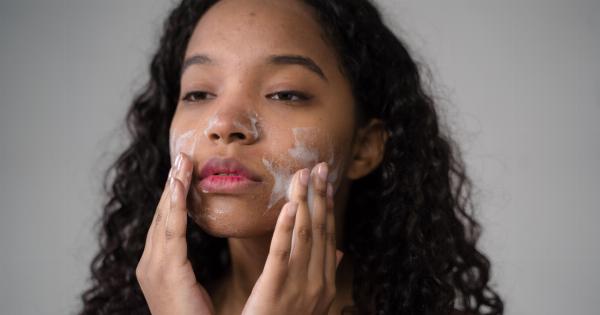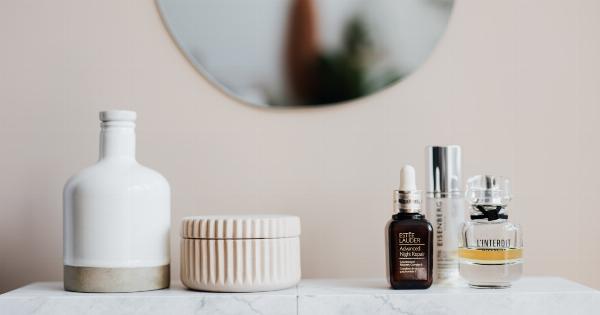Keeping your skin clean and clear of impurities is an essential part of maintaining a healthy complexion. Facial soap is a popular choice for many people as it helps to cleanse the skin thoroughly.
However, despite its effectiveness, there are common mistakes that people make when using facial soap that can lead to negative effects on their skin. In this article, we will discuss the top three mistakes people make with facial soap and provide you with tips on how to avoid them.
Mistake 1: Using the Wrong Soap for Your Skin Type
One of the most common mistakes people make when it comes to facial soap is using the wrong soap for their specific skin type. Each person has a different skin type, including oily, dry, combination, or sensitive.
Using a soap that is not suitable for your skin type can lead to various issues, including dryness, irritation, or excessive oiliness.
To determine your skin type, observe how your skin behaves throughout the day. Is it consistently oily, dry, or a combination? Once you know your skin type, choose a facial soap specifically formulated for it.
For oily skin, opt for a soap that helps control oil production without drying out your skin. Dry skin types should choose a soap that provides extra moisture and hydration. Combination skin individuals may benefit from a soap that balances their skin’s needs.
Remember, using the wrong soap can disrupt your skin’s natural balance and lead to a variety of skin issues. It’s important to choose the right facial soap for your skin type to ensure optimal results.
Mistake 2: Overusing Facial Soap
Another mistake people make with facial soap is overusing it. Some individuals believe that by washing their face multiple times a day, they will achieve cleaner skin.
However, excessive washing can strip the skin of its natural oils, leading to dryness, irritation, and even breakouts.
It’s recommended to wash your face with facial soap twice a day – once in the morning and once before bed. Overwashing can disrupt the skin’s pH balance and remove essential oils that keep your skin healthy and hydrated.
If you have particularly oily skin, you may be tempted to wash more frequently, but remember to avoid overdoing it.
Additionally, when washing your face, use gentle circular motions with your fingertips rather than aggressive scrubbing. This will help cleanse the skin without causing irritation or damage.
Mistake 3: Ignoring the Importance of Moisturizing
Many people underestimate the importance of moisturizing their skin after cleansing with facial soap. Facial soap effectively removes dirt, oil, and impurities from the skin, but it can also strip away some of the natural moisture.
Failure to replenish this moisture can lead to dryness, tightness, and even premature wrinkles.
After cleansing your face with facial soap, it’s crucial to follow it up with a suitable moisturizer. Look for a moisturizer that suits your skin type and provides hydration without clogging the pores.
Apply it gently, using upward motions on your face and neck.
Moisturizing regularly helps to improve the skin’s elasticity, prevents dryness, and maintains a healthy moisture balance. Don’t skip this step in your skincare routine!.
Conclusion
Using facial soap is a great way to keep your skin clean and free from impurities. However, it’s important to avoid certain mistakes that could have adverse effects on your skin.
Always choose a facial soap specifically designed for your skin type, avoid overwashing, and remember to moisturize after cleansing. By following these tips, you can ensure that your skin remains healthy, clear, and radiant.






























